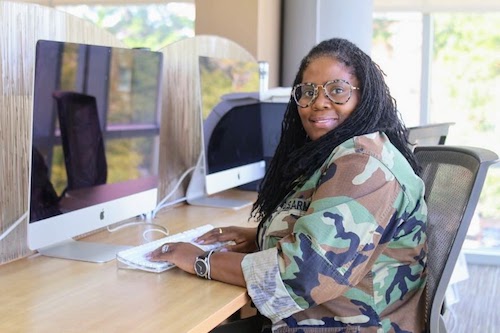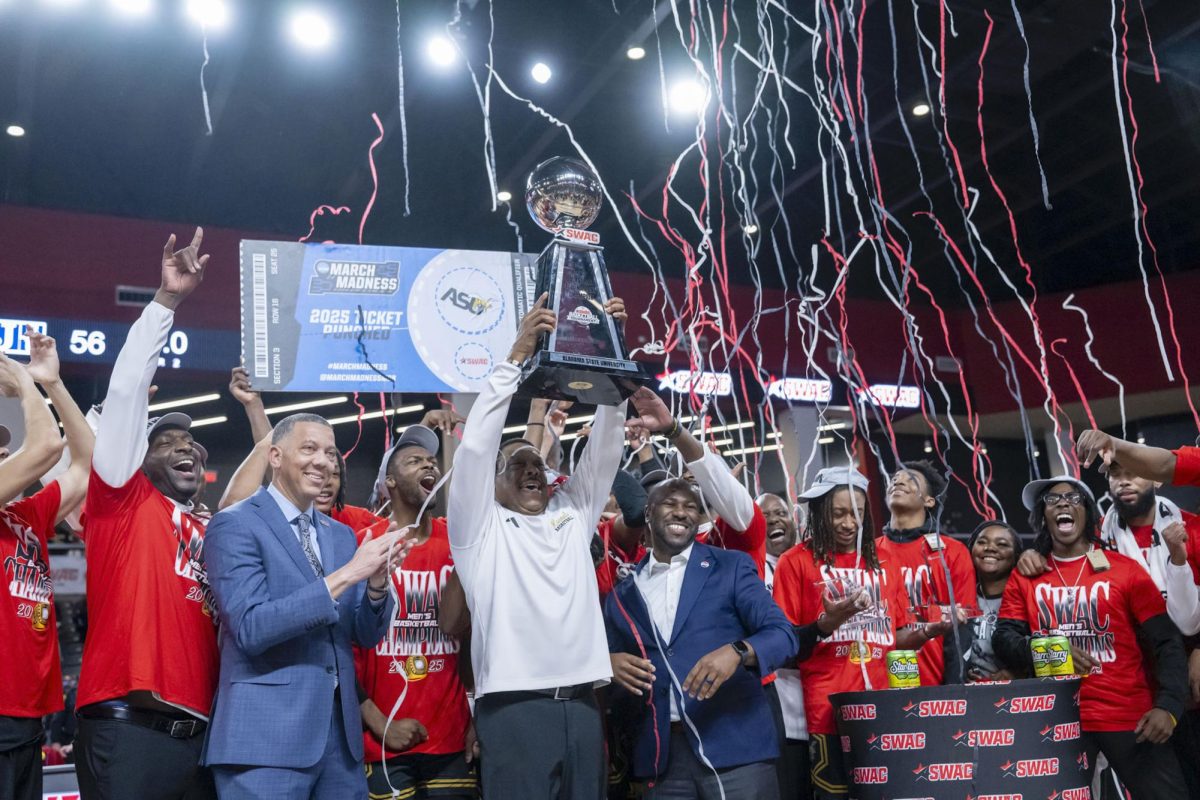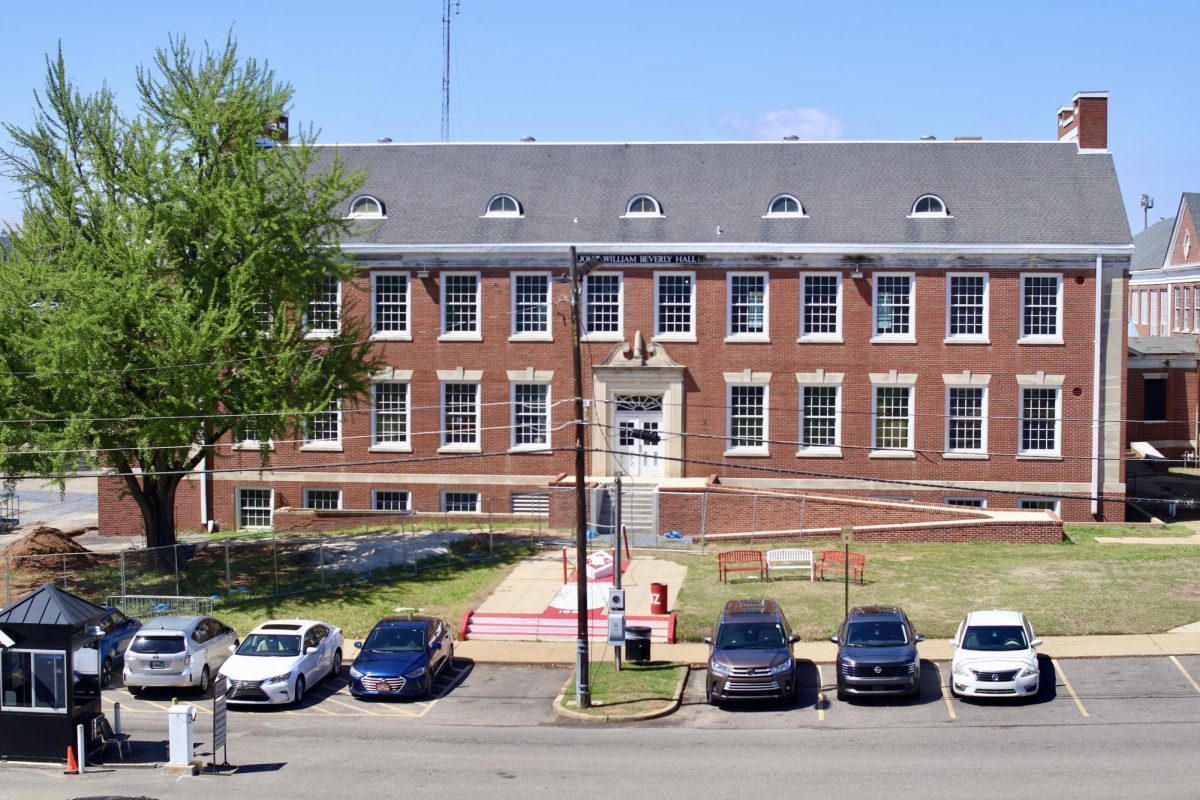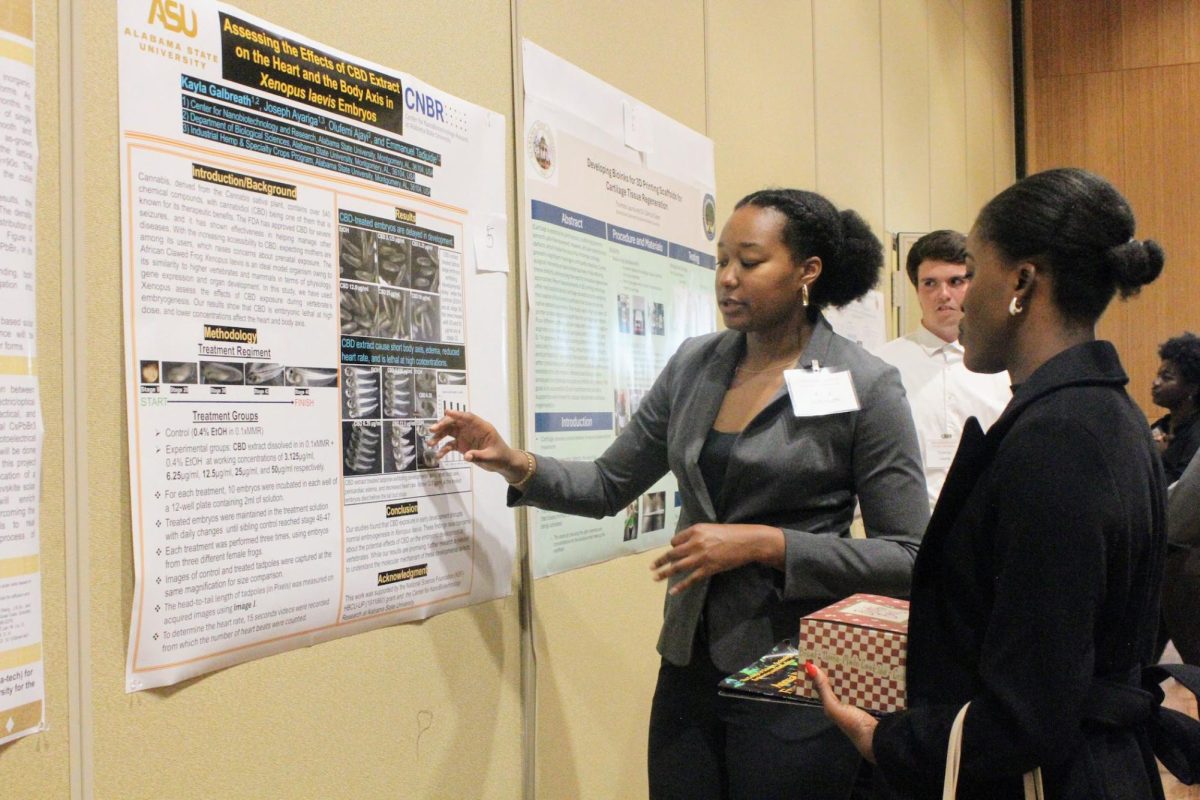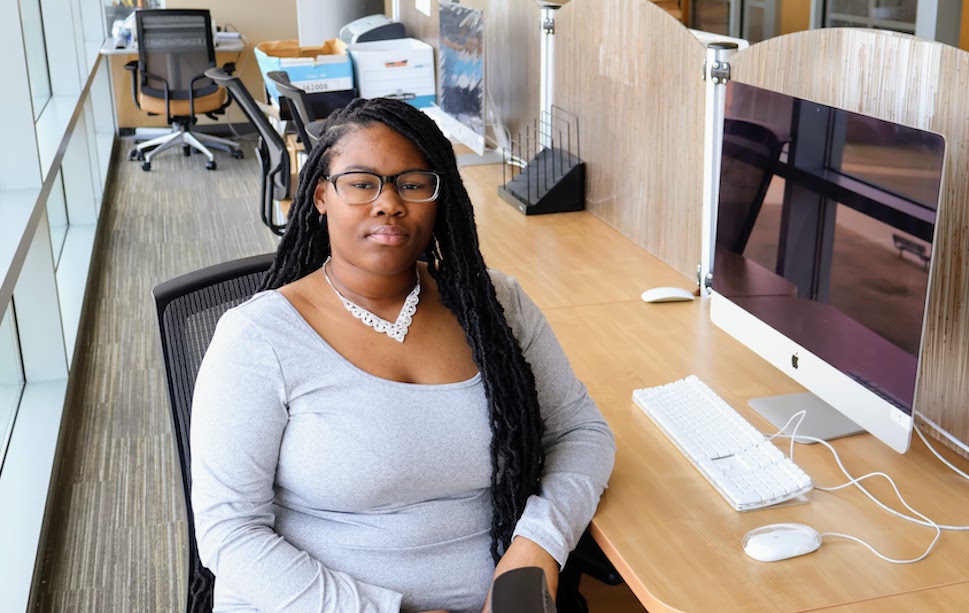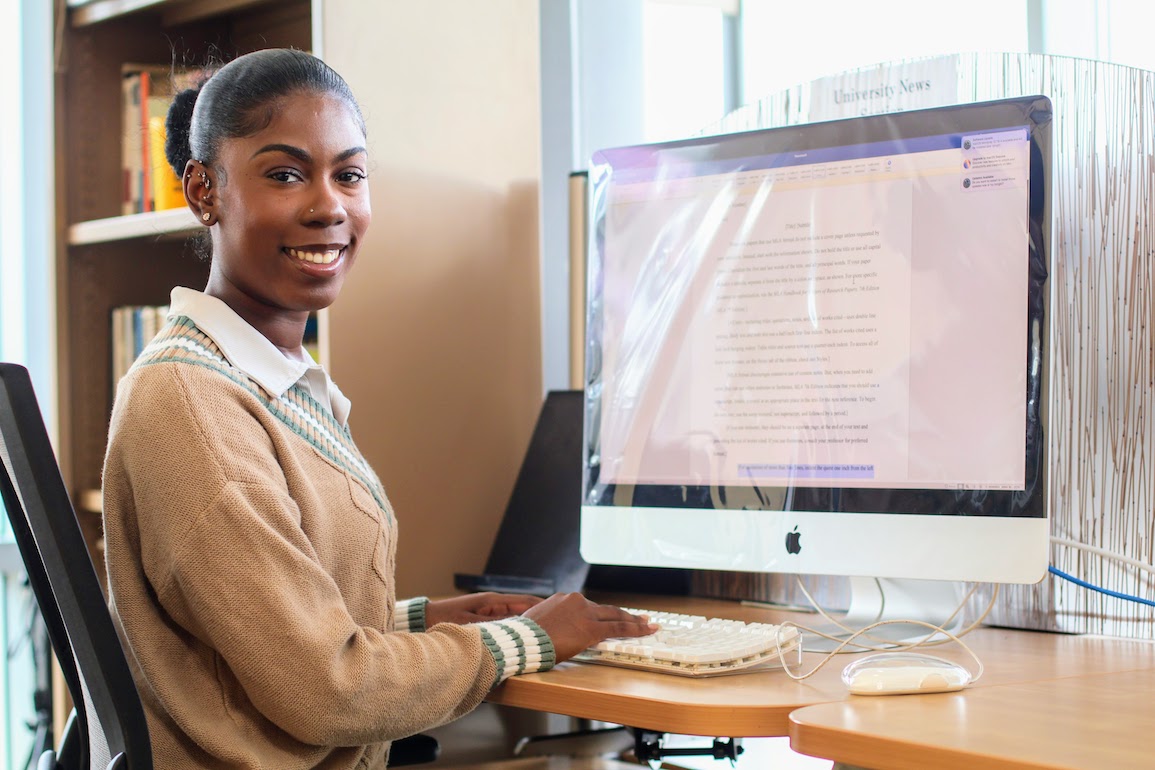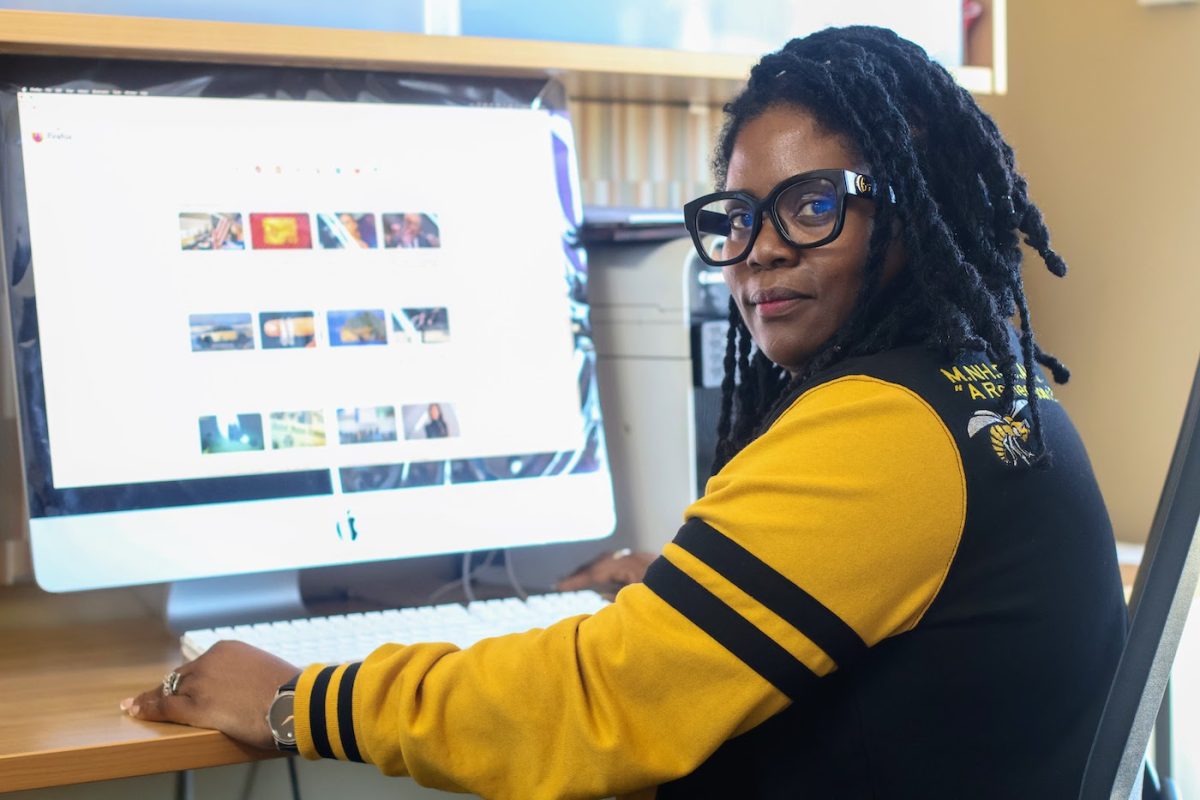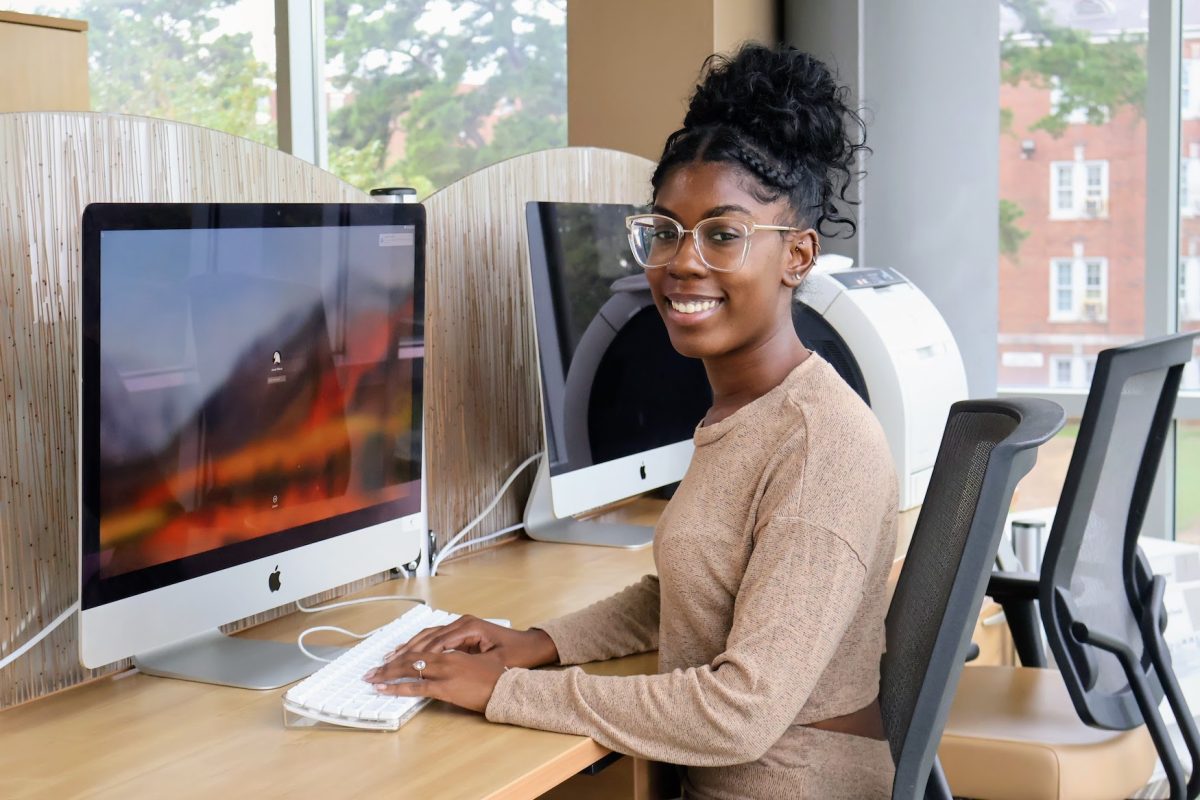Gov. Kay Ivey’s proposed $1.3 billion prison plan is getting the green light, but for many, it’s the wrong kind of spotlight. While the governor argues the project will address overcrowding and create jobs, the reality is that it’s yet another example of Alabama investing in the symptoms of its problems rather than the causes. In this case, that means ignoring the state’s young Black community, particularly students at historically Black colleges and universities (HBCUs), who are hit hardest by a system that often seems designed to keep them down.
Let’s be clear: Alabama has a severe overcrowding problem in its prison system, and Black people make up a disproportionate share of those incarcerated. But pouring $1.3 billion into building more prisons won’t solve the problem not when the state continues to overlook the root causes of mass incarceration, lack of access to education, job opportunities, and mental health services. Instead of spending taxpayer money to lock up more people, the state should be investing in its youth, particularly Black students who deserve better pathways to success.
Alabama’s HBCUs including Alabama State University (ASU), Tuskegee University, Miles College, Stillman College and Alabama A&M University are an educational lifeline for young Black students. These schools are not just institutions of higher learning; they are vital community anchors, providing Black students with the knowledge and tools to break the cycle of poverty and incarceration. Research shows that access to higher education significantly reduces the likelihood of incarceration, yet instead of supporting these schools, the state is investing in more prisons. This begs the question,do Black students at HBCU’s have a future beyond the classroom, or is the state’s answer to everything to build bigger jails? It appears that building prison is big business that benefits those that run the state.
The state’s $1.3 billion dollar prison project may temporarily ease overcrowding, but it does nothing to address the core issues. Alabama’s prison population is a reflection of the state’s failure to invest in education, healthcare, and social services. Instead of putting more money into prison walls, the state could be investing in education, scholarships, job training, and community outreach programs that keep young people in school, not in prison.
The reality is that the disproportionate incarceration of Black people in Alabama is a direct result of years of neglect in education, housing, and opportunity. Black students, particularly those from underfunded public schools, face systemic barriers that make them more likely to interact with the criminal justice system.
The state’s approach to fixing the problem by building more prisons is like trying to put out a fire with gasoline. The solution isn’t bigger jails; it’s better schools, better jobs, and better futures. Black students at Alabama’s HBCUs have the potential to be the leaders of tomorrow, but that future is only possible if they have access to opportunities beyond the walls of a prison. If Alabama’s lawmakers are serious about solving the prison overcrowding issue, they should start by addressing the root causes,lack of education, poverty, and discrimination.
It’s time for Governor Ivey and the state legislature to ask themselves: What kind of future do they want for Alabama’s youth? If the answer is more Black students in prison, then they’re on the right track. If the answer is a future where young people, especially Black students, can succeed and thrive, then the state should redirect its priorities and its $1.3 billion towards education, job creation, and support systems that actually work.


